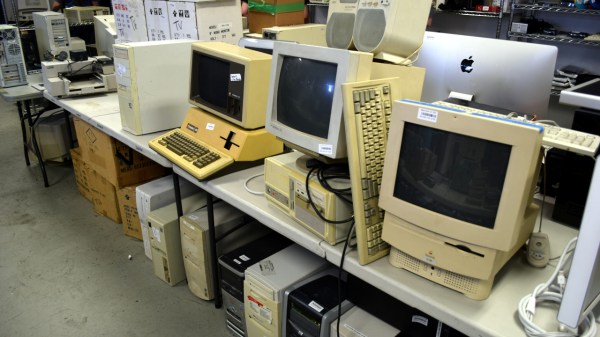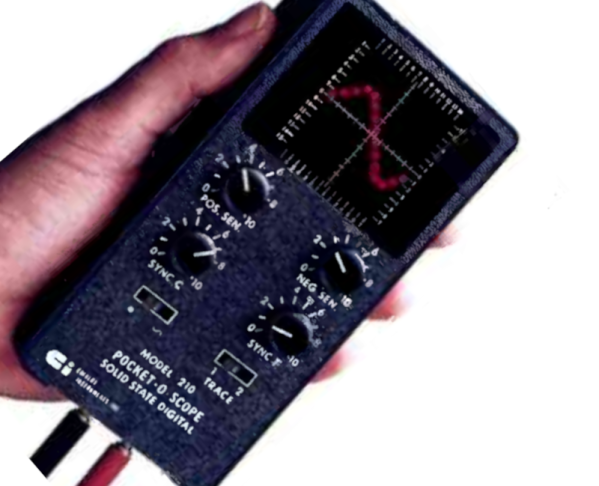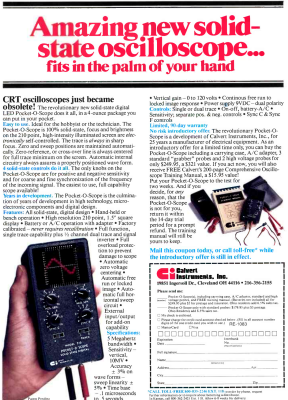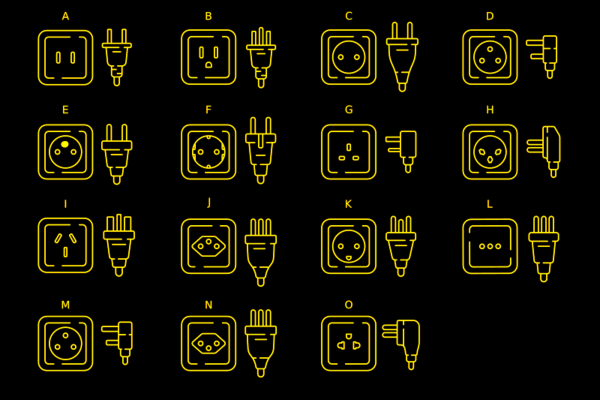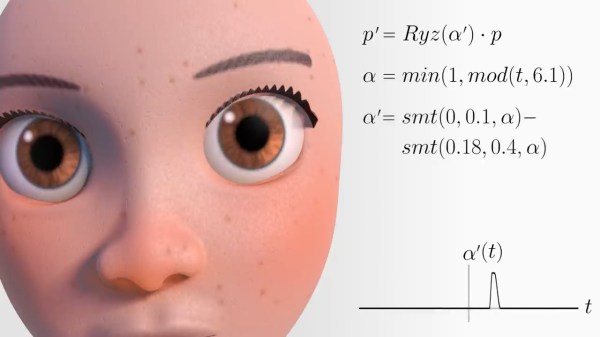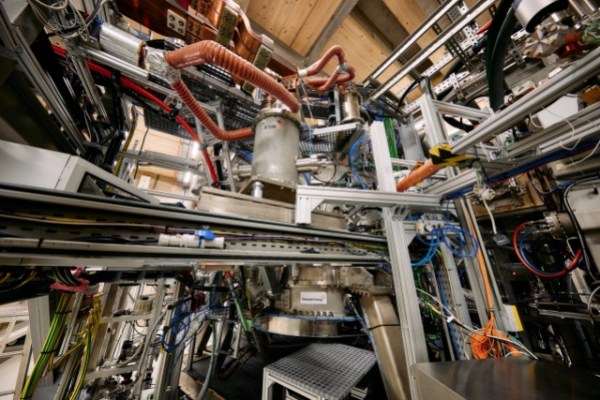The Vintage Computer Festival East took place last weekend at the InfoAge Science and History Museum in New Jersey, and by any metric you care to use, it was a phenomenal success. Everyone you spoke with, from the the exhibitors and attendees, to the veteran volunteers who put this incredible show together, all said the same thing: they’d never seen a turnout like this before.
Of course, such success is not without cost. The exhibit rooms were so packed that moving through them was a challenge, the line to get food or browse the consignment area occasionally stretched outside the building, and at one point the event’s electronic payment system buckled under the pressure.

Yet even the folks who waited the better part of an hour to rummage through boxes of dusty treasures, only to find themselves left standing with armfuls of heavy gear they couldn’t pay for until the technical issues were resolved couldn’t really complain. I should know, I was one of them. It would be like going to a concert and getting upset that the music was too loud — the event was advertised as a festival, and that’s exactly what it was.
No matter where you went, you’d find throngs of excited people who were eager to chat about the golden age of computing. So even if you were stuck in a long line, or had to step outside of the exhibit area to get some fresh air, you were always in excellent company. Seeing such a large and diverse number of people come out for what’s ultimately a niche event was exceptionally gratifying. At the end of the day, if the price we have to pay for this kind of community response is a few long lines and tight squeezes, it’s well worth it.
Each time I cover an event like this for Hackaday, I do so with the caveat that there’s really no substitute for being there in person. No matter how many articles you read and YouTube recaps you watch, you’ll never be able to see all the things you would have had you been able to walk the show floor yourself. It’s a bit like exploring the Moon or Mars: remotely controlled robots are capable of capturing terabytes of data and beaming it back to Earth, but even still, there’s the potential to learn so much more by putting boots on the ground.
The same is true of VCF East 2023 — what I bring you here is just the tip of the iceberg in terms of what was on display at this year’s event. On the other hand, you have the advantage of being able to peruse these images without having to stand in line. Is it worth the trade? Only you can be the judge of that. But for my money, I’ll gladly get back in line when VCF East 2024 rolls around.
Continue reading “Vintage Computer Festival East Was A Retro Madhouse”

